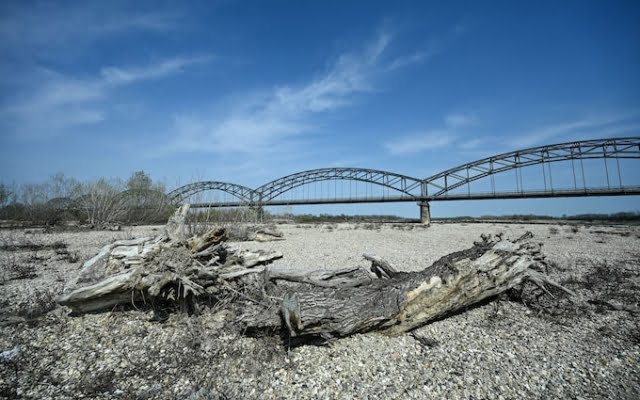 The Po River in Italy during the ongoing drought. The lack of water could mean poolside holidays in Tuscany this year are a little less picturesque. Photo: Piero Cruciatti/Anadolu Agency via Getty Images. new restrictions have been introduced to combat a prolonged drought in Italy.
The Po River in Italy during the ongoing drought. The lack of water could mean poolside holidays in Tuscany this year are a little less picturesque. Photo: Piero Cruciatti/Anadolu Agency via Getty Images. new restrictions have been introduced to combat a prolonged drought in Italy.
In large parts of Tuscany, it is forbidden to fill swimming pools from May to October, as the country looks for ways to save water.
Owners of villas, hotels and rural resorts are deeply unhappy. , stating that a large amount of water evaporates in the summer and that it is necessary to top up the water in the pools.
“A cause for deep concern,” said Federico Taddei, head of the regional branch of CIA-Agricoltori, an association of rural enterprises.
He said filling the pools with fresh water, especially those used by many guests, was «indispensable for keeping the pool clean and enjoyable» for vacationers, he said.
Delivering water by truck to fill the pool pools «is unthinkable because it's too expensive,» Diana Grandi, from an agrotourist resort near Siena, told La Stampa newspaper.
«Who are the geniuses who came up with this idea they themselves, what consequences will this lead to? asked Paolo Barlettani, owner of another country house, Borgo Campetroso.
'Urgent' measures due to drought
A few hundred miles to the north, authorities in the autonomous German-speaking province of South Tyrol have announced a ban on artificial snow at ski resorts, saying snowmakers use too much water and energy.
It has been an unusually dry winter in the Alps and Dolomites, with some areas receiving about half the usual annual amount of snow.
The «urgent» measure was signed by Arno Compacher, governor of South Tyrol, which is also known by the Italian name Alto Adige.
There are still a few weeks left before the end of the ski season in Italy. the highest resorts.
Farmers have been ordered to conserve water as the province, like much of Italy, struggles with low rainfall.
In the Apennines, a mountain range running down Italy's spine , environmentalists have warned that ski resorts below 1,500 meters could become unviable due to global warming.
This is the second year of drought in Italy. Last year was exceptionally hot and dry.
Lakes and rivers are at an all-time low, to the point that in some places people have been able to walk across the bottom of a dried-up lake to what was once an island.< /p>
Giorgio Zampetti, head of environmental organization Legambiente, said last month: “2023 has just begun, but it is already showing warning signs in terms of climate extremes and drought levels.”
'Water is scarce'
Due to drought, Italian rice farmers are reducing the amount of land they set aside for their infamous thirsty crop.
Italy grows about 50% of the rice produced in the EU and is the world's #39 leader. ;s is the only producer of varieties most suitable for risotto, such as arborio.
Almost all of this is grown in the northern regions, and they have been particularly hard hit by the lack of rain and snowmelt.
Roberto Magnagi, CEO of the state research organization Ente Nazionale Risi, said no more than 211,000 hectares will be planted with rice in 2023, the smallest area in 23 years.
“ Water is scarce. We are all looking at the sky,” he said. According to him, the prospects in the northern regions of Lombardy and Piedmont were even bleaker than in 2022, when production fell by 17% compared to the previous year.
A coalition government led by Giorgia Meloni, the Italian premier minister, trying to develop a national water plan to overcome the crisis.




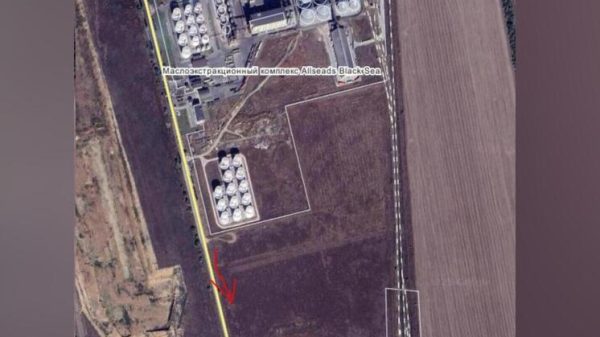





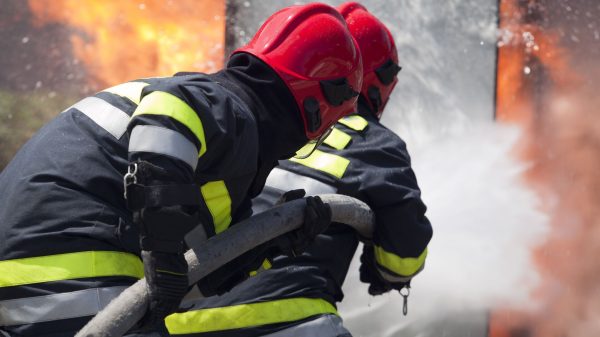






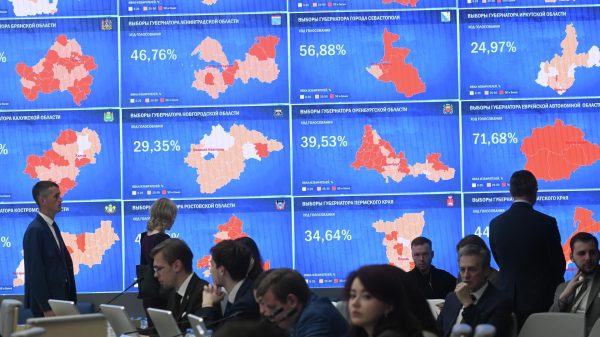



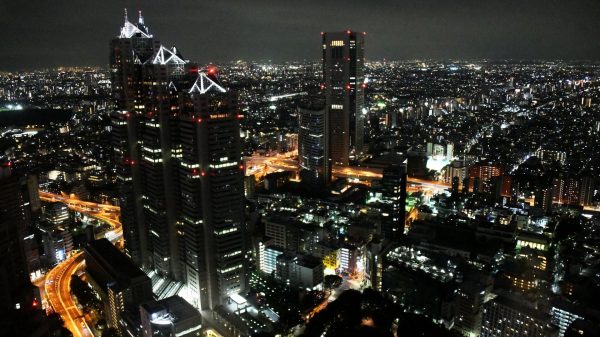




























Свежие комментарии